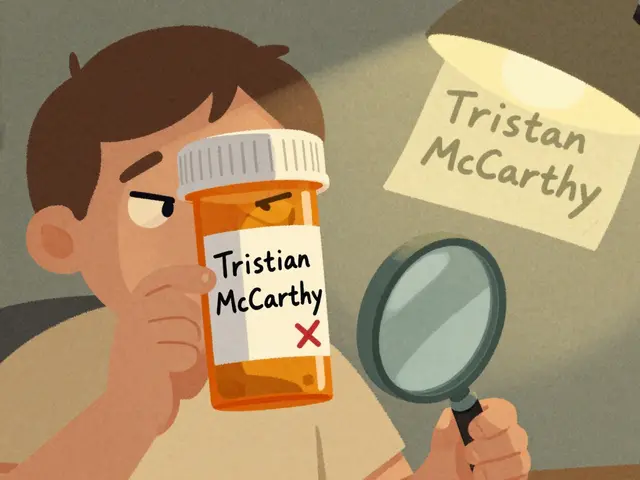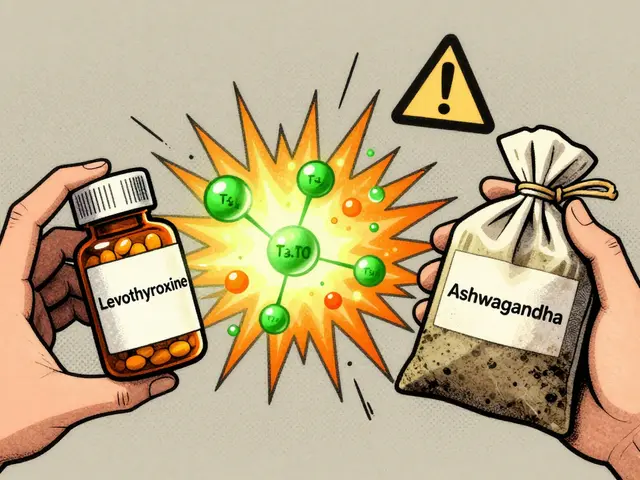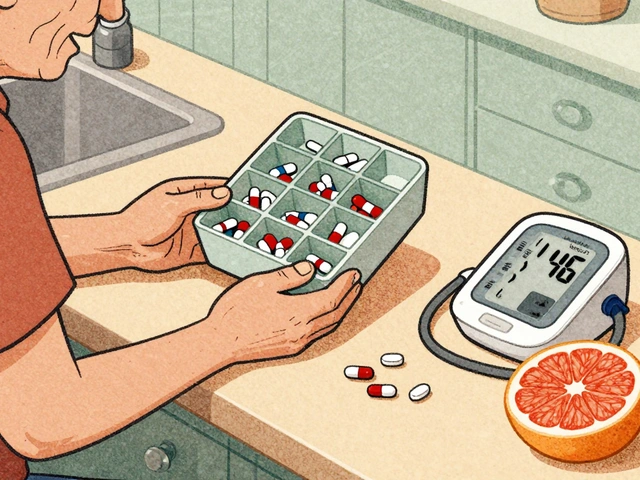Antispasmodic Medications: What They Are and Why They Matter
When dealing with antispasmodic, a class of drugs that quiet involuntary smooth‑muscle contractions in the gut, bladder, or other organs, also known as spasmolytics, it helps to grasp how they differ from muscle relaxants, agents that target skeletal‑muscle tone and are used for back pain or spasticity. Equally important is the role of online pharmacies, licensed e‑commerce platforms that dispense prescription meds safely in making these drugs accessible and affordable. In short, antispasmodic therapy often requires a prescription, but the right online source can cut costs without compromising quality.
Key Considerations When Choosing an Antispasmodic
First, identify the type of spasm you want to treat. Gastrointestinal antispasmodics like dicyclomine or hyoscine address irritable‑bowel syndrome and other gut cramps, while bladder‑focused agents such as oxybutynin help with over‑active bladder. If you’re dealing with skeletal‑muscle spasm from injury, a muscle relaxant such as baclofen or tizanidine might be more appropriate. Each drug carries its own side‑effect profile, dosing schedule, and interaction risks, so a quick chat with your clinician is essential before you start.
Second, consider cost. Generic versions of many antispasmodics are widely available, and price‑comparison tables show savings of 40‑70 % versus brand names. Your chosen online pharmacy should be verified for a valid pharmacy licence, clear prescription requirements, and a transparent return policy. Following a step‑by‑step guide—checking credentials, uploading a doctor’s script, and confirming price—keeps you safe from counterfeit meds.
Third, think about safety and monitoring. Antispasmodics can cause dry mouth, blurred vision, or constipation, especially in older adults. Some, like anticholinergic agents, may interact with other prescriptions such as antihistamines or antidepressants. Keeping a medication diary and reviewing it with your healthcare provider ensures you catch any issues early.
Finally, patient education matters. Knowing how to store the medication, when to take it (usually with meals for gut agents), and what to do if you miss a dose can improve outcomes. Many online pharmacies now offer printable info sheets and short videos that walk you through these basics.
All these points—type of spasm, cost‑saving options, safety checks, and education—form a practical roadmap for anyone looking to manage muscle cramps effectively. Below you’ll find a curated selection of articles that dive deeper into buying cheap generics, comparing antispasmodic alternatives, and staying safe while ordering online. Antispasmodic options abound, and the guides ahead will help you pick the right one for your needs.










